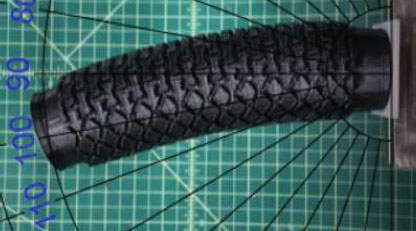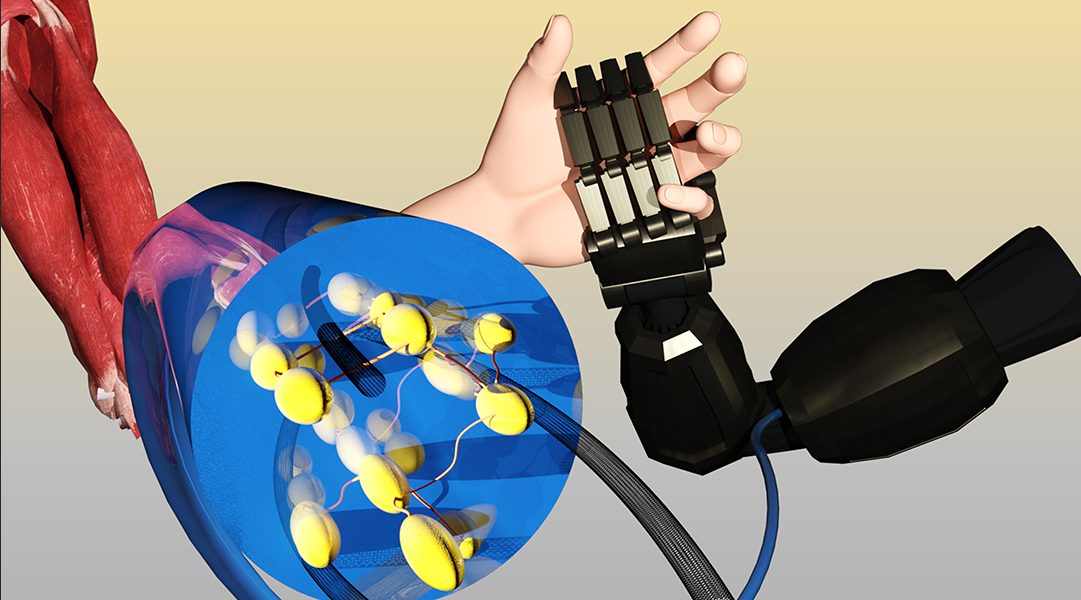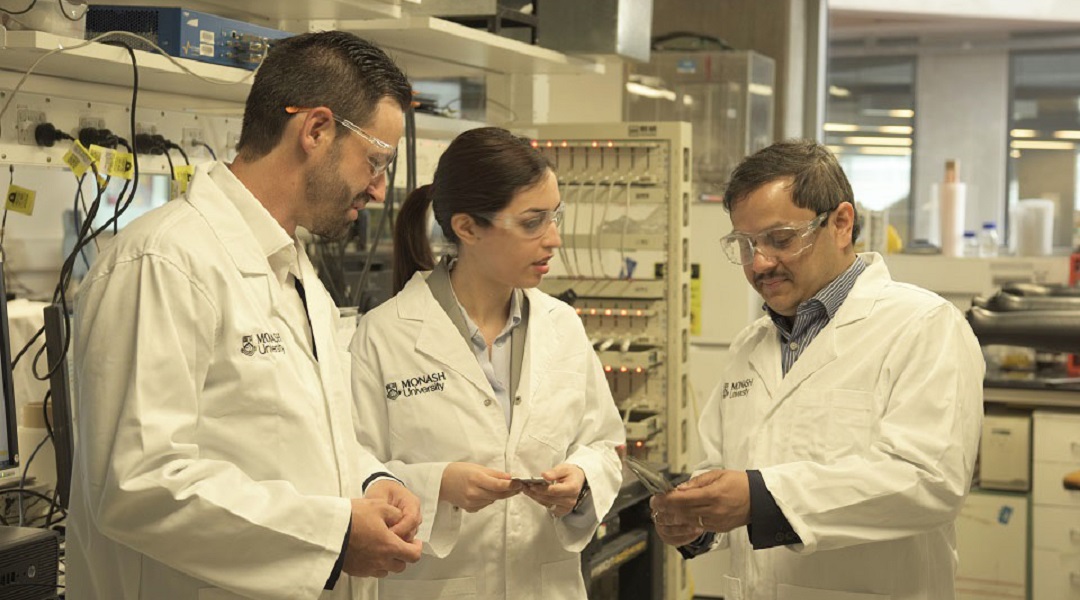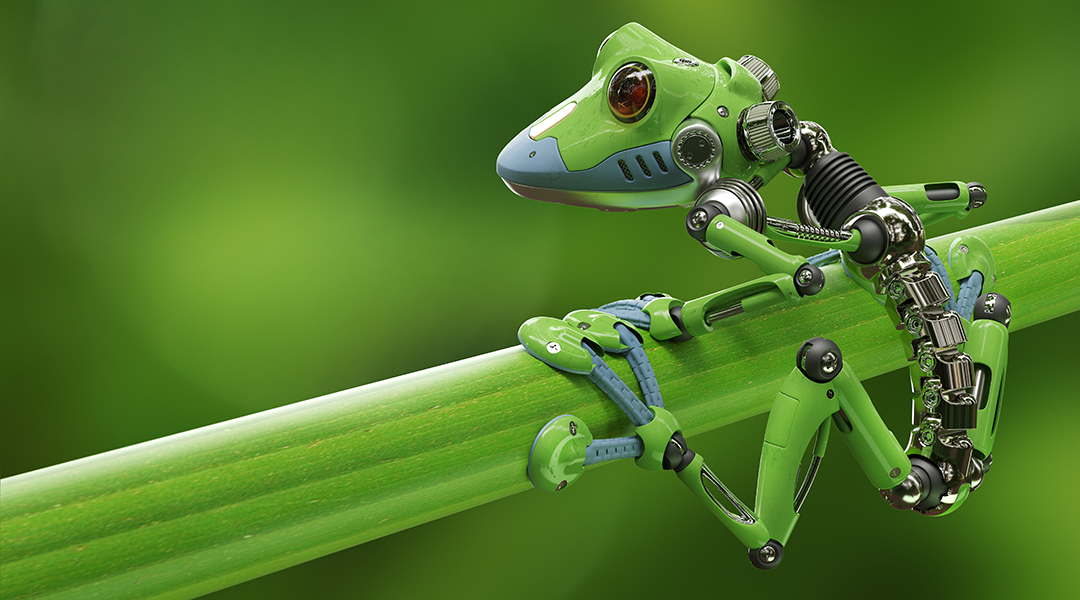Researchers from UC Berkeley are utilizing deep learning to bypass iterative finite element calculations. Their deep learning model is trained using finite element simulation data to predict the deformation behavior of favorable designs.


Researchers from UC Berkeley are utilizing deep learning to bypass iterative finite element calculations. Their deep learning model is trained using finite element simulation data to predict the deformation behavior of favorable designs.

Researchers develop dual-responsive muscle-like soft actuators with both dexterity and high mechanical strength.

Clarifying some of the misconceptions, limitations, and capabilities of CEM modelling to help researchers find the right tools for their needs.

German physicists converted electrical signals into photons and radiated them in specific directions using a nanometer-scale antenna.

A new approach seeks to use the “intelligence” aspects of AI to understand the physics of photonic nanostructures.

Azopolymer material allows light-assisted imprinting of nanostructures for structurally colored surfaces.

Monash University researchers have developed the world’s most efficient lithium-sulphur battery, capable of powering a smartphone for five continuous days.

Tiny ‘xenobots’ assembled from cells promise advances from drug delivery to toxic waste clean-up.

Researchers use CRISPR-Cas12a as a DNA shredder to clean up and mobilize parts of DNA-origami structures.

Hardware and software tweak microwave patterns to discover the most efficient way to identify objects.